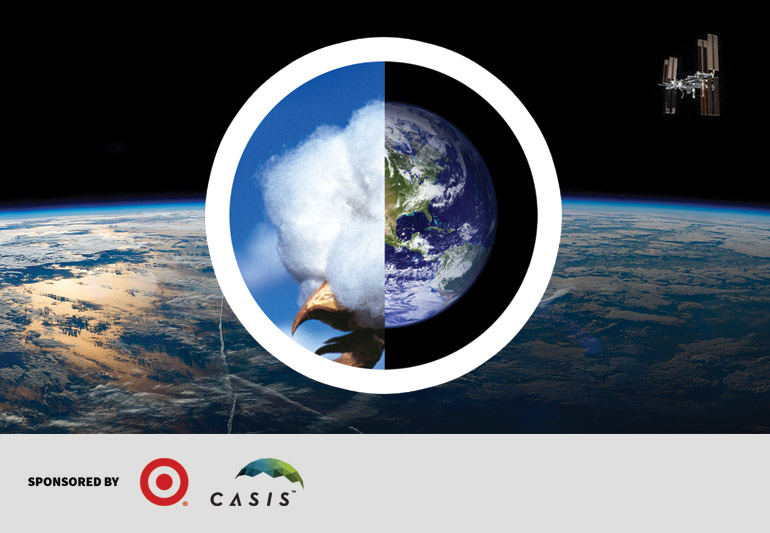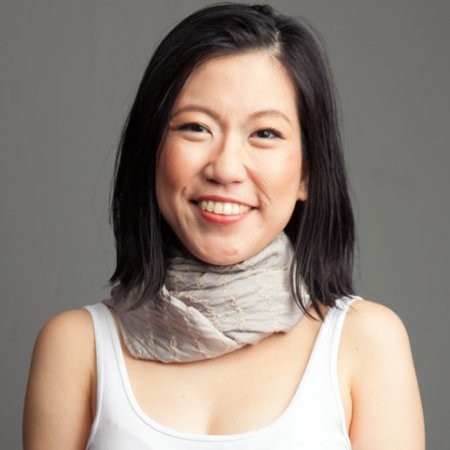Softer Side of Space Science: Cotton Experiments Will Head to Orbit

Three new projects to improve the efficiency and sustainability of cotton farming on Earth will soon head to space.
On Tuesday (April 24), the Center for the Advancement of Science in Space (CASIS) announced the selection of three projects, short-listed in a competition known as the Cotton Sustainability Challenge, that will operate on the International Space Station (ISS).
Each project will receive in-orbit access to the ISS National Laboratory and to hardware-implementation assistance through a collaboration between CASIS and NASA, according to a statement from CASIS. In addition, each project will receive up to $1 million in grant funding, courtesy of Target Corp. [NASA Eyeing 'Chain Mail' Fabric for Use in Space]
One of the concepts, helmed by Upstream, a California-based public benefit corporation, will employ a customizable and scalable "machine learning platform" to monitor and analyze ISS remote sensory imagery relating to cotton agriculture in real time. Doing so will allow the firm to expand the capabilities of its "Best Management Practice Assessment and Real-Time Monitoring" platform, which Upstream said will help reduce the water footprint of Target's manufacturing supply chain.
Another project, led by Christopher Saski, director of the Genomics and Computational Biology Laboratory at Clemson University in South Carolina, seeks to use genetic sequencing to examine the gene expression and other features of three different cotton cultivars grown in the absence of gravity. Gaining new insight into plant growth and regeneration could help us grow cotton that requires fewer resources, Saski said.
Roots play a leading role in University of Wisconsin–Madison botany professor Simon Gilroy's concept, which will study how the AVP1 gene, which researchers think leads to a larger root system, allows cotton plants to yield more fiber in the face of high salt levels and drought. Since root formation is typically a response to gravity, the ISS National Lab will provide a "unique opportunity" to suss out not only the factors that promote root development but also the influence of root architecture on cotton's resilience, adaptability and ability to capture heat-trapping carbon emissions that are contributing to global warming, , according to the statement.
The ultimate goal of the Cotton Sustainability Challenge is to generate solutions for growing cotton on an increasingly thirsty planet. Cotton cultivation requires access to water and other natural resources that are increasingly at risk due to overexploitation and climate change, Cynthia Bouthot, director of commercial innovation and strategic partnerships at CASIS, said in the statement.
Get the Space.com Newsletter
Breaking space news, the latest updates on rocket launches, skywatching events and more!
Take one of today's most popular items of clothing, for example. The production of a single cotton T-shirt requires more than 700 gallons (2,700 liters) of water and about 5 ounces (142 grams) of pesticides, according to the World Wildlife Fund.
As such, the nonprofit said it hopes that research aboard the National Lab will lead to new ways of easing cotton farming's burden on the environment.
"Bringing awareness to cotton sustainability is a powerful opportunity to showcase the unique research facets of the International Space Station," Bouthot said. "We look forward to working alongside Target and our selected researchers as they prepare to send innovative research to our orbiting laboratory."
Follow us @Spacedotcom, Facebook and Google+. Original article on Space.com.
Join our Space Forums to keep talking space on the latest missions, night sky and more! And if you have a news tip, correction or comment, let us know at: community@space.com.

Jasmin Malik Chua is a fashion journalist whose work has been published in the New York Times, Vox, Nylon, The Daily Beast, The Business of Fashion, Vogue Business and Refinary29, among others. She has a bachelor's degree in animal biology from the National University of Singapore and a master of science in biomedical journalism from New York University.









